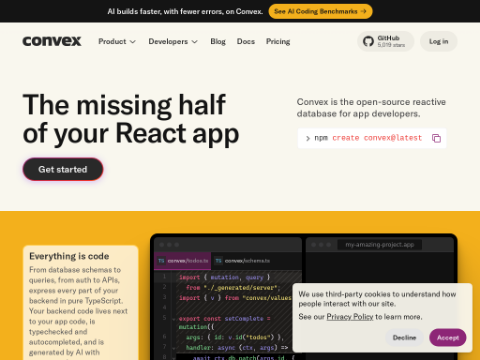Recently, the Tencent Research Institute unveiled the DRT-01 model, an AI tool specifically designed for literary translation. This model leverages Chain of Thought (CoT) technology, significantly enhancing its understanding and translation of rhetorical devices such as metaphors and similes, thereby better preserving the emotional tone and cultural nuances of the original text.
The DRT-01 model comes in two different sizes: DRT-01-7B and DRT-01-14B. Compared to traditional translation models, DRT-01 has achieved notable improvements in BLEU scores and CometScores, with increases ranging from 7.33 to 8.26 and 1.66 to 3.36, respectively. Notably, despite its smaller size, DRT-01-7B outperforms the larger QwQ-32B model, demonstrating its superior capability in handling complex linguistic structures.
Technically, DRT-01 employs a multi-agent framework consisting of three roles: translator, advisor, and evaluator. The translator is responsible for the initial translation, while the advisor reviews the translation and provides suggestions for improvement. The evaluator then scores the translation quality based on predefined metrics. This process ensures continuous optimization of translation quality.
Additionally, DRT-01 utilizes an iterative optimization approach. The translation process includes three main steps: keyword translation, initial translation, and refinement cycles. During the refinement cycles, the advisor assesses the quality of the previous translation and provides feedback, while the evaluator assigns an overall score based on predefined criteria. The translator then uses this feedback and score to make further refinements, iteratively improving the translation quality.
To train the DRT-01 model, the Tencent Research Institute selected 400 public domain English books from the Gutenberg Project, extracting 577,600 sentences and filtering out 63,000 sentences containing similes and metaphors. These sentences were used to train the model in deep thinking, enhancing its ability to understand and translate figurative language.
The CoT technology in the DRT-01 model not only improves translation accuracy but also enhances the model's explainability. By providing visibility into the reasoning process, CoT makes the model's decision-making more transparent, aiding researchers in understanding the basis of the model's decisions. Additionally, CoT enables the model to perform complex logical reasoning, making full use of contextual information and solving problems through step-by-step inference.
In summary, the DRT-01 model represents a significant innovation by the Tencent Research Institute in the field of literary translation. By incorporating CoT technology and a multi-agent framework, the model has significantly improved the quality of literary translations, opening up new possibilities in this domain.








